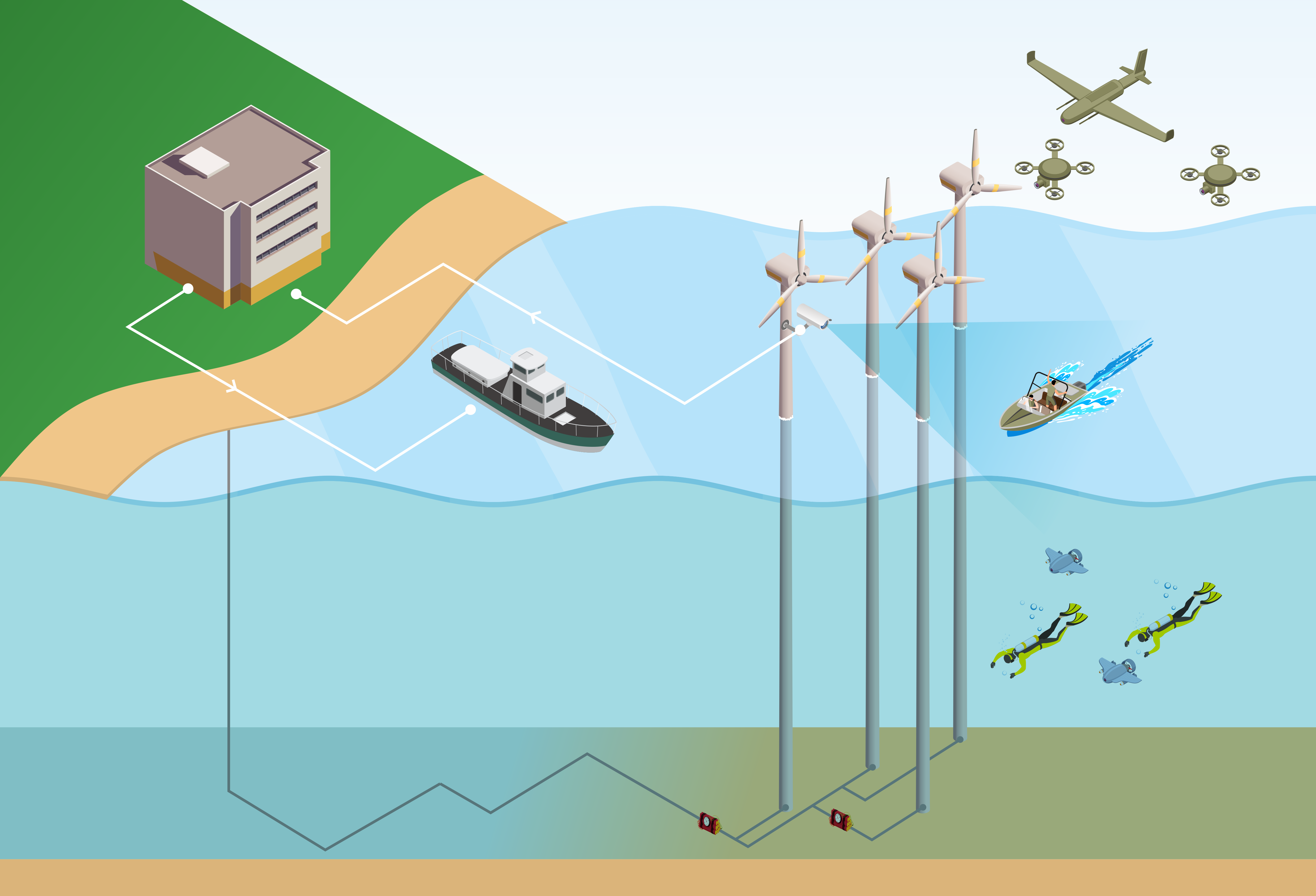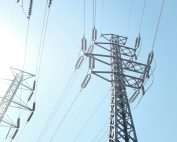Potential threats to offshore wind farms, ways to protect them, and legal aspects of the security of operation of these facilities are the subject of the analysis “Protection of energy infrastructure in the aspect of offshore wind energy development in Polish maritime areas”, authored by Lieutenant Commander Tomasz Chyła, MSc, Eng., an expert at the Ignacy Łukasiewicz Institute for Energy Policy in Rzeszów.
PGE plans to build offshore wind farms with a total capacity of 6.5 GM by 2040, while Orlen has a license to build a farm with a capacity of up to 1.2 GW, the construction of which would be completed in 2026. Depending on the investor, they will be located from 23 to 80 km from the shore, that is often beyond the line of the radar or optical horizon. The location of these facilities, affecting the extended response time of the services responsible for the security of the State, means that they could become the target of terrorist acts once they become operational. The wide range of possible activities and the complexity of the maritime environment makes offshore critical infrastructure, such as offshore farms, extremely difficult to protect and secure from possible destabilizing attacks.
Easy access to components for building an unmanned aerial vehicle with a long range and lifting capacity (or using a commercial craft like a scooter, yacht or motor boat as a platform for a drone launch), as well as the increasing availability of ROVs (remotely operated underwater vehicles) operating in the water’s depths that can carry out an act of diversion, makes it likely that moving an explosive charge into the region of a wind turbine or submarine cables is an increasingly likely scenario, according to an analysis by Cmdr. Lt. Tomasz Chyła.
The analysis describes the protection of offshore wind farms from aerial drone operations. It also discusses in full the legal framework for the safe operation of offshore farms. It states, among other things, that operators of offshore wind farms will have to (after formally recognizing them as part of critical infrastructure systems) implement technical solutions for monitoring the farm on the surface (as well as overhead) and underwater parts.
A separate chapter of the study deals with monitoring of the area around offshore farms. It presents both current hardware capabilities (radars and aircraft) and solutions proposed by the author.
The author of the analysis is Lieutenant Commander Tomasz Chyła, MSc, Eng., senior lecturer at the Command and Naval Operations Faculty at the Polish Naval Academy of the Heroes of Westerplatte, an expert at the Ignacy Łukasiewicz Institute for Energy Policy in Rzeszów.
The entire analysis is available at: https://www.instytutpe.pl/wp-content/uploads/2016/01/Analiza-IPE-4_2022-T.Chy%C5%82a.pdf
Author: Witold Szwagrun














